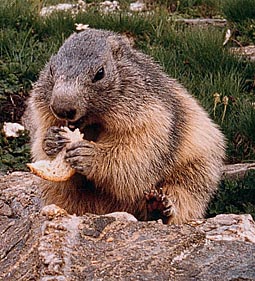One of the main features you may miss when discovering NoSQL ("Not-Only
SQL"?) databases, coming from a RDBMS background, is ACID.
ACID (Atomicity, Consistency, Isolation, Durability) is a set of properties
that guarantee that database transactions are processed reliably. In the
context of databases, a single logical operation on the data is called a
transaction. For example, a transfer of funds from one bank account to another,
even involving multiple changes such as debiting one account and crediting
another, is a single transaction. (Wikipedia)
But are there any ACID
NoSQL database?
Please ensure you read the Martin Fowler
introduction about NoSQL databases.
And the corresponding
video.

First of all, we can distinguish two types of NoSQL databases:
- Aggregate-oriented databases;
- Graph-oriented databases (e.g. Neo4J).
By design, most Graph-oriented databases are ACID!
This is a first good point.
Then, what about the other type?
In Aggregate-oriented databases, we can identify three sub-types:
- Document-based NoSQL databases (e.g.
MongoDB, CouchDB);
- Key/Value NoSQL databases (e.g. Redis);
- Column family NoSQL databases (e.g. Cassandra).
Whatever document/key/column oriented they are, they all use some kind of
document storage.
It may be schema-less, blob-stored, column-driven, but it is always some set of
values bound together to be persisted.
This set of values define a particular state of one entity, in a given
model.
Which we may call Aggregate.










